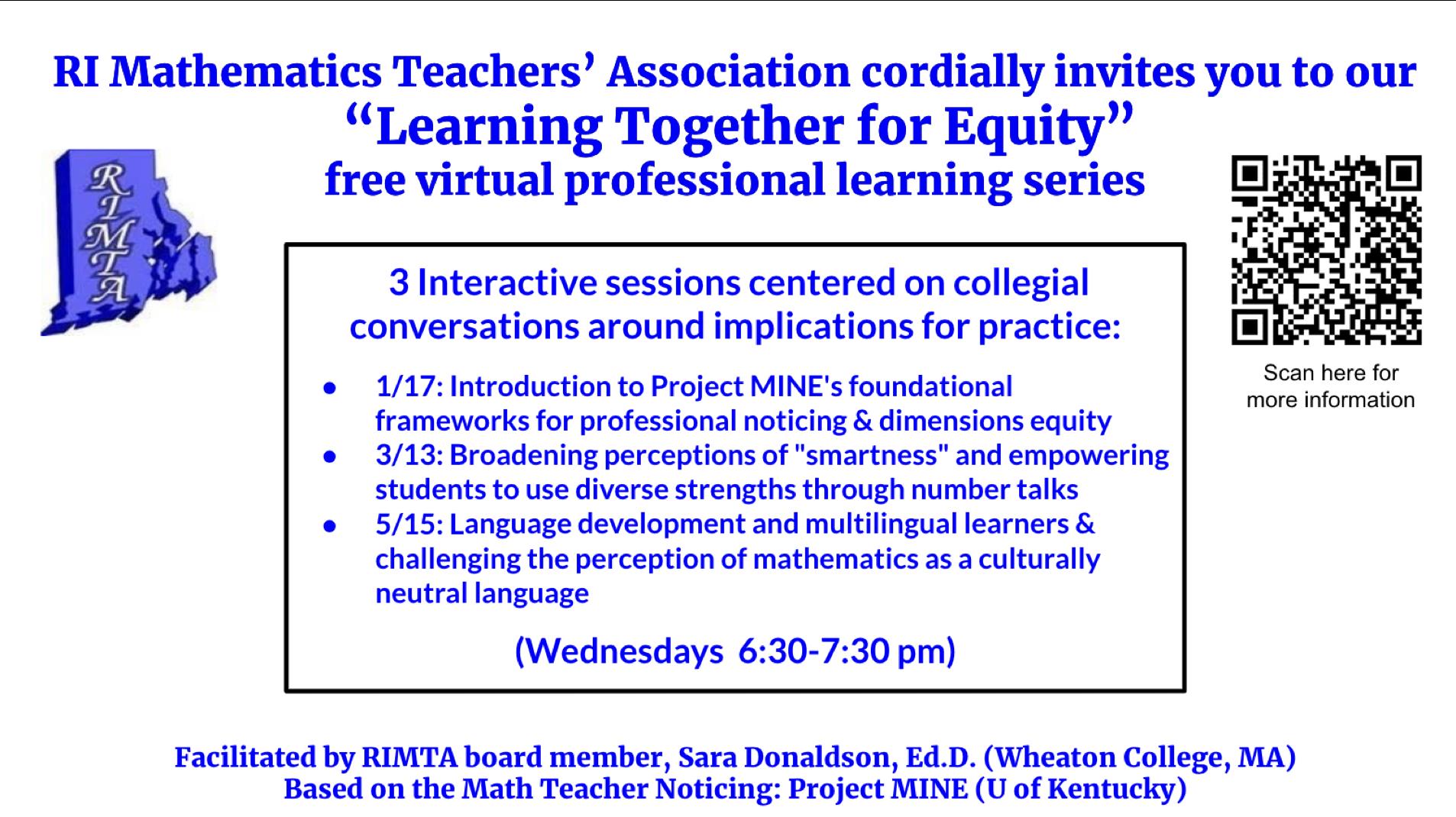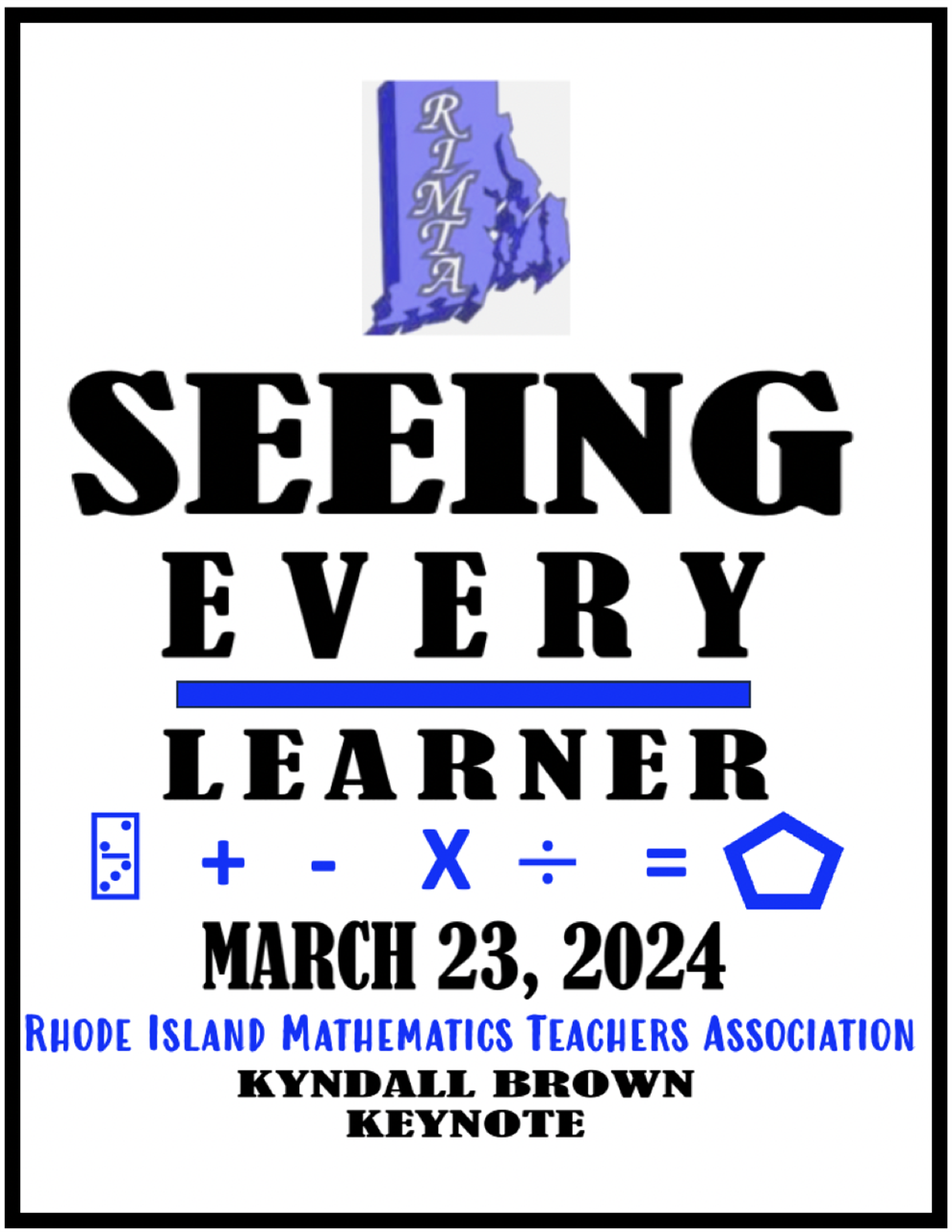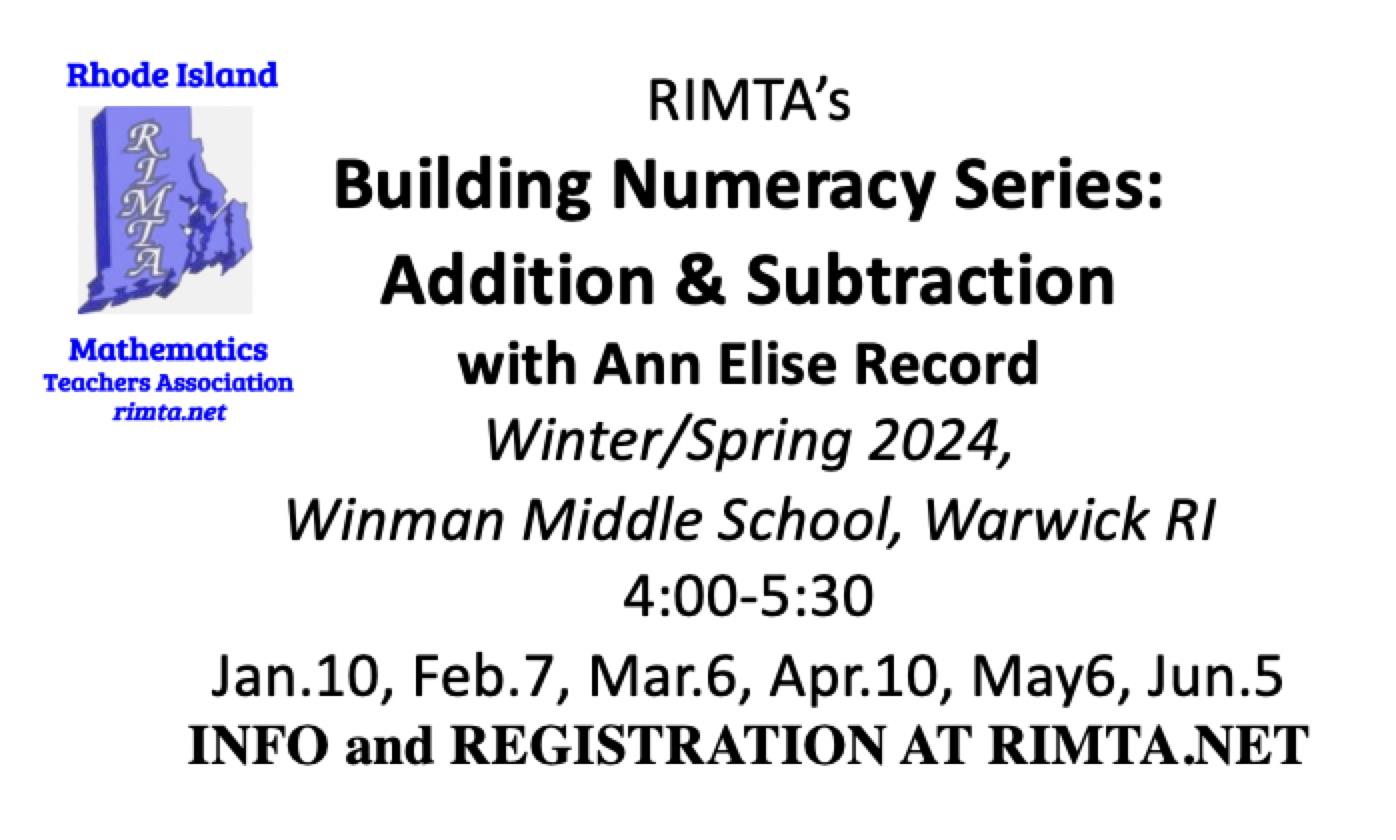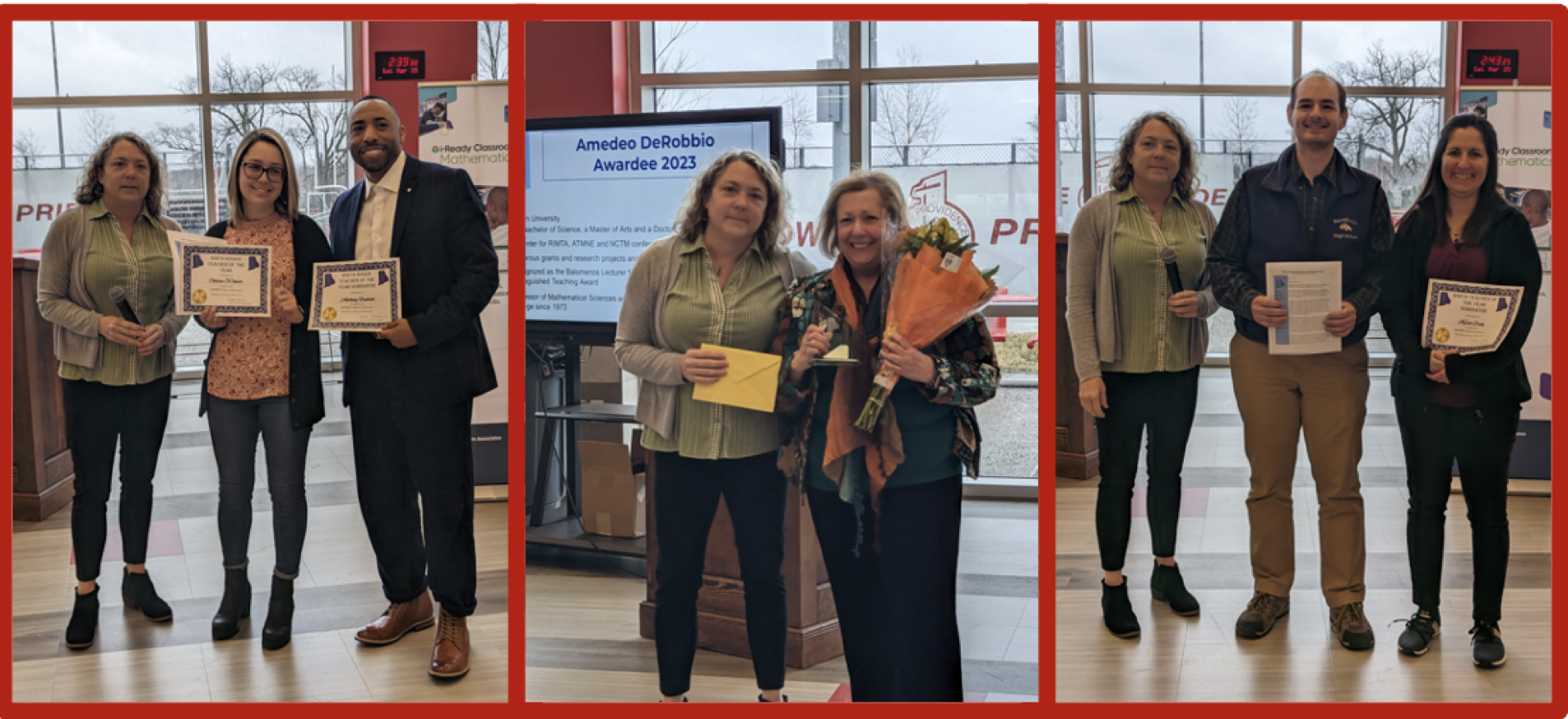Have you ever met someone and you immediately knew you needed this person to be part of your professional life? Well, I have. I was truly fortunate to have met a Master Teacher, whom I now refer to as my mentor, at the New Cubed Conference at Sienna College at the beginning of July, 2019. I was mesmerized as soon as he started talking about his teaching and was in awe of his ideas for middle school math. Even though I have been a middle school teacher for the past thirty-one years, my hope when I attend a conference is to get one new idea that I am able to use immediately in the classroom. I not only learned one idea, I learned a whole new way to get students excited and to truly enjoy math class. This article references one of these great ideas that was shared with me. I hope you enjoy it as much as I did. Please let me know if you try his lesson and how it went.
After fifteen years as a banker, Eric O’Brien enjoyed his role as an elementary school teacher in Bellmore, Long Island. Eric used his love of mathematics to enhance lessons in number theory, computation, algebraic reasoning, geometric reasoning and problem solving techniques. He employs keen observation skills to introduce integers to primary students and to solidify computational skills with 3rd through 8th graders. He has been heard asking 4th and 5th Graders to hand him their fears before guiding them into an exploration of algebraic techniques and wields hammers with 5th and 6th graders as they construct geoboards and guides them toward a journey into geometric reasoning. After solidifying sixth graders’ understanding of algebra, Eric has no fear in guiding students on an investigation of Pascal’s triangle and introduction into the calculus. He includes a host of light-hearted tales as he shares his love of mathematical history with his students.
The foundation of Eric’s ventures into mathematics include a solid investigation into computation. While other educators are pleased when their students can retain a foundation of 100 basic math facts, Eric pushes his students to find methods to mentally calculate over 10,000 basic and maybe not so basic facts. Eric’s students don’t break a sweat when explaining that 360 has 24 factors, that thirty-one perfect squares are less than 1000 or that is a relation between the measure of the arc of a circle and corresponding inscribed angle.
Lesson One: Double, Double, Doubling as a Multiplication Tool for Struggling Middle School Students
I have spent many of my years working with middle school students. Often students have entered my classroom, fearing that they will be working with “that math guy.” I ask what that statement means and children often admit their fear of mathematics. I ask them why they feel that way and many admit they have struggled with math for the first five years of their learning careers.
Asking learners to put their fears squarely in my hands, I tell them I will hold firmly to their fears and I will give them back if they’d like. “May I begin?”, I ask students,gaining some trust from the worriers.
“Let’s play a game called the Doubling Game,” I tell my learners. “If we make a mistake, we’ll start over again.” I ask the students to take a deep breath and exhale. The students find themselves to relax simply by engaging in that behavior.
“One, Double,” I say. The students usually give me a resounding “Two.” I look around, showing I am impressed. Again I say “Double.” The kids shout “Four” and I smile.
Again I shout “Double,” awaiting their reply. While many students shout “ Eight”, a few shout “Six”, followed by “Oops!” There is laughter in the air.
I explain that it is fine to make a mistake. Asking the guilty party why he or she said “Oops”, the students say they were thinking they were counting by twos and had to remember they were doubling, two different processes.
I wanted to let students know a few things. First of all, it’s ok to make mistakes. My room is filled with experimentation. Mistakes will happen when students are learning. Secondly, teachers should anticipate that mistakes are going to happen and when they do, we acknowledge without punishment and return to work.
“Let’s get back to work,” I recommend. “One. Double” The children shout, “Two,”
And after a short wait, I say, “Double” The children answer, “Four.” Again I wait, allowing students to learn that true learning comes through chanting and cadence. Tension builds before I say, “Double” and the children shout, “Eight!”
I look at the child who mistakenly replied, “Six” the first time. A little nervousness appears on his or her face before we continue. I reassure the class that some of their replies will require some thinking, before I say, “Double” again. After a short delay, children say, “Sixteen.” A few others join in.
Whether middle schoolers know it or not, adding eight plus eight mentally takes more effort than two plus two or four plus four. Their learning will sometimes indeed take a moment. We teachers have to learn the importance of students’ wait time. That wait time will soon rear its head again.
With my next “Double,” many students will not know how to double sixteen. The positions of the 6 and the 1, meaning one ten, are reversed. I have to say, “When we say ‘sixteen’, we mean 10 and 6. Double 10, double 6, and add them.”
When students double 10 and double six, there is another level of cognition they must encounter. Doubling 10 gets them twenty, and doubling six gets them twelve. I like to say 10 and 2. By doubling sixteen, students’ minds have a lot of processing to complete to answer “Thirty-two.”
But after some thought process, the students do answer “Thirty-two.” Happy that my students have succeeded, I say, “Let’s start again!” Having struggled to get the solutions, we begin again, the students usually flying through the five responses.
“One. Double”, I confidently say. “Two,” they respond.
“Double,” I say. “Four!”
“Double,” I say, “Eight!”
“Double,” I repeat, “Sixteen!”
“Double,” I smile, “Thirty-two!”, they are surprised.
“Double,” I say confidently, watching their eyes roll in their heads. “Sixty-four!”, many of them say. The rest repeat 64. Of course it is. They doubled 30, they doubled two. No carrying. They just say the number.
“Let’s repeat the process,” I recommend. Usually there are no complaints. The students, new to sixth grade, have successfully doubled right through 64.
“All right! We will continue beyond 64 tomorrow. Great job, everyone! Would any of you like your fears back?”
My students always squealed, ecstatic that they had accomplished so much. No pain! Their struggles were met with only my assurances that they would succeed in the process. And no one wanted their fears back.
Oh, by the way, the next day, we get past 1,000. When I assure them that that means they have gotten past 2 to the power of 10, we sneak right into a discussion of exponents. And we talk about their accomplishments. I ask them why they were so scared before our first lesson. They say they never knew math could be so fun.
 Rhode Island
Rhode Island  .
.  .
.  .
.


